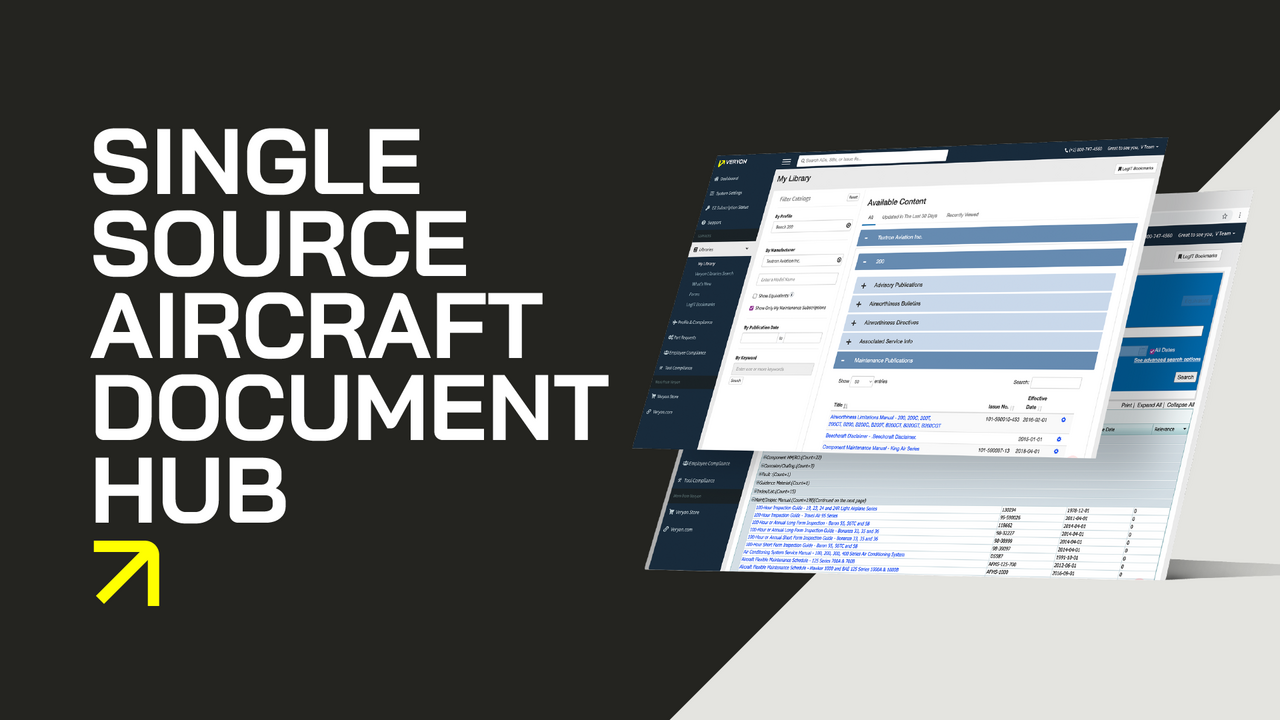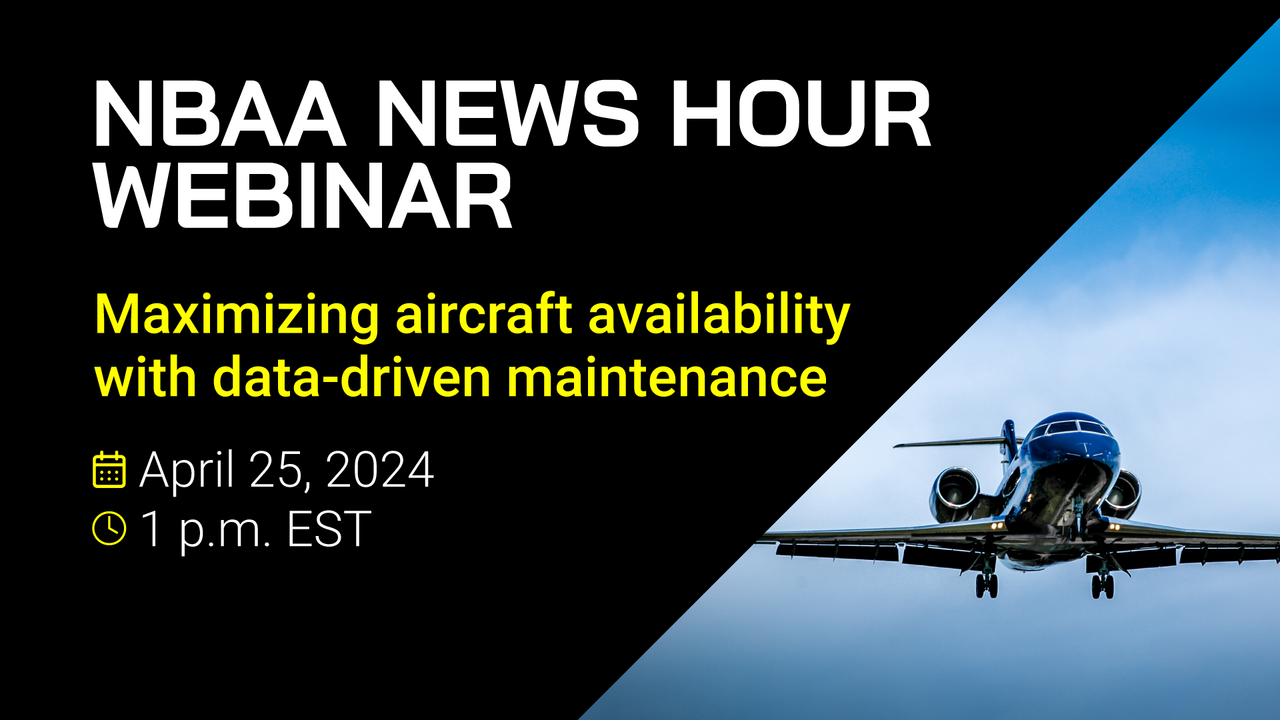3 min read
Unlocking a Cloud of Opportunity: The Role of Technology for Aircraft Logbook Management and Maintenance
ATP
Apr 14, 2021 6:42:00 AM

Aircraft maintenance records are priceless, providing a documented record of all the maintenance history that has occurred over an aircraft’s lifetime, proving airworthiness, and maintaining an aircraft’s overall resale value. The FAA requires that the PIC must have access to the maintenance logbooks when the aircraft is in operation.
However, the FAA does not dictate how access occurs, creating a dilemma for aircraft maintenance professionals about keeping valuable maintenance logbooks in the aircraft or secured in the hangar.
We say, why not keep them everywhere?
Hangar, Aircraft, or Other
Some maintenance professionals believe that aircraft logbooks should be kept under lock and key in a safe place within the hangar. Of course, this approach requires check-in and check-out procedures, and considerable communication between the technicians and the keeper of the logbooks, resulting in inefficiencies of time and resources. Further, aircraft maintenance logbooks are often removed from their secure environment and carelessly left on hangar floors. Having scattered maintenance logbooks in the hangar can lead to several issues, most notably the potential for damage, being misplaced, or completely lost. Trying to resell an aircraft with missing original logbooks can be difficult and result in a much lower resale value.
Other maintenance professionals believe that logbooks should be kept with the aircraft. That way, they will not be misplaced and easily located when needed for the FAA, NTSB, or other audit purposes. Although it might be convenient to always have a logbook in the aircraft, it is not the safest option. If something were to happen to the aircraft, the logbook could be destroyed. If all records of that aircraft are destroyed, the FAA and NTSB can take legal actions that have the possibility of being detrimental to an aircraft operator.
While it may be helpful for a hard copy of the aviation logbook always to be available and moving with the aircraft, it does have a higher risk for the owner/operator.
Enter the Cloud with Electronic Aircraft Logbooks
Electronic aircraft logbooks located in the cloud eliminate traditional problems associated with lost or damaged logbooks, and whether to house the logbooks in the aircraft or hangar – as they can be available at any place, at any time, in an easily accessible way from a centralized cloud-based file.
Access to digital electronic logbooks also opens the door to a new world of maintenance and inventory efficiencies. Maintenance software applications have made great strides towards not only making logbooks digital and cloud-based, but changing how they are accessed, remain compliant, and the level of insights they can deliver from a reporting perspective.
With electronic logbook software, updating and record-keeping of these logbooks are always in the owner’s possession. Further, maintenance professionals can easily create compliant entries, eliminate duplication of work, reduce errors, and save time. These individuals have the flexibility of numerous options for quick and easy access, and there is no chance of loss or damage to these critical documents.
The most advanced applications also provide a wealth of accessibility and insights for the maintenance professional – from quick-view maintenance dashboards to non-routine reporting tools, from work order management to real-time reports and alerts. More advanced solutions come with a native mobile app on top of everything else, allowing for efficient and instant access to the logbooks and tools offered by the maintenance software – whenever and wherever they are needed.
Solutions like Veryon Maintenance Tracking software does more than offer eLogbooks and a robust maintenance software suite in the hangar; they allow any time and anywhere access to the information with real-time access and updates through native apps.
Mobile app extensions of this type bring real-time insights and action to all aircraft and fleets, with more advanced versions delivering most of the core software tools and features into an easy-to-use iOS or Android app. This approach to accessing logbooks means that the debate over where they should reside is resolved once and for all. Maintenance technicians can access and update the logbooks using their mobile app in the hangar next to the aircraft, while operations teams can see real-time updates from their desktop software. When the aircraft is in flight or away from its base, crew and maintenance professionals can access the logbooks from the mobile app, provide notes, and quickly provide updates remotely.
Visible Security
We all know that maintenance records are invaluable for aircraft owners and operators. Original aircraft logbooks must be kept safe—and adopting a convenient digital approach that stores them in the cloud is a great way to ensure that records are secure and always available.
With advanced software applications, maintenance teams can not only get access to these logbooks, but they are streamlining and automating processes allowing them to take advantage from a reporting and updating perspective. With the addition of mobile apps offering real-time updating from anywhere, the logbooks’ security and reliability extend the value, resolving concerns about where they need to reside.
Record keeping does not have to be a difficult task, thanks to technology. Innovative cloud-based applications and mobile apps, like the ones offered by Veryon Maintenance Tracking solution, are the safest, easiest, and most convenient option for any operation.



